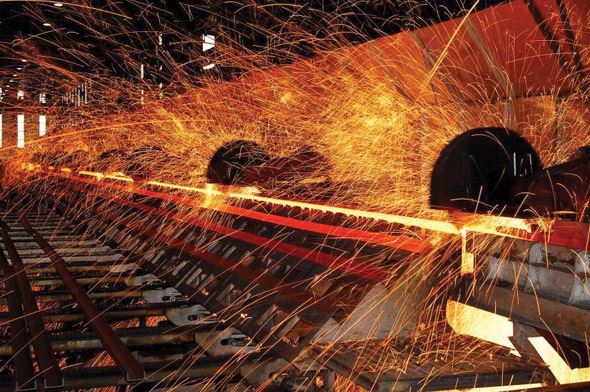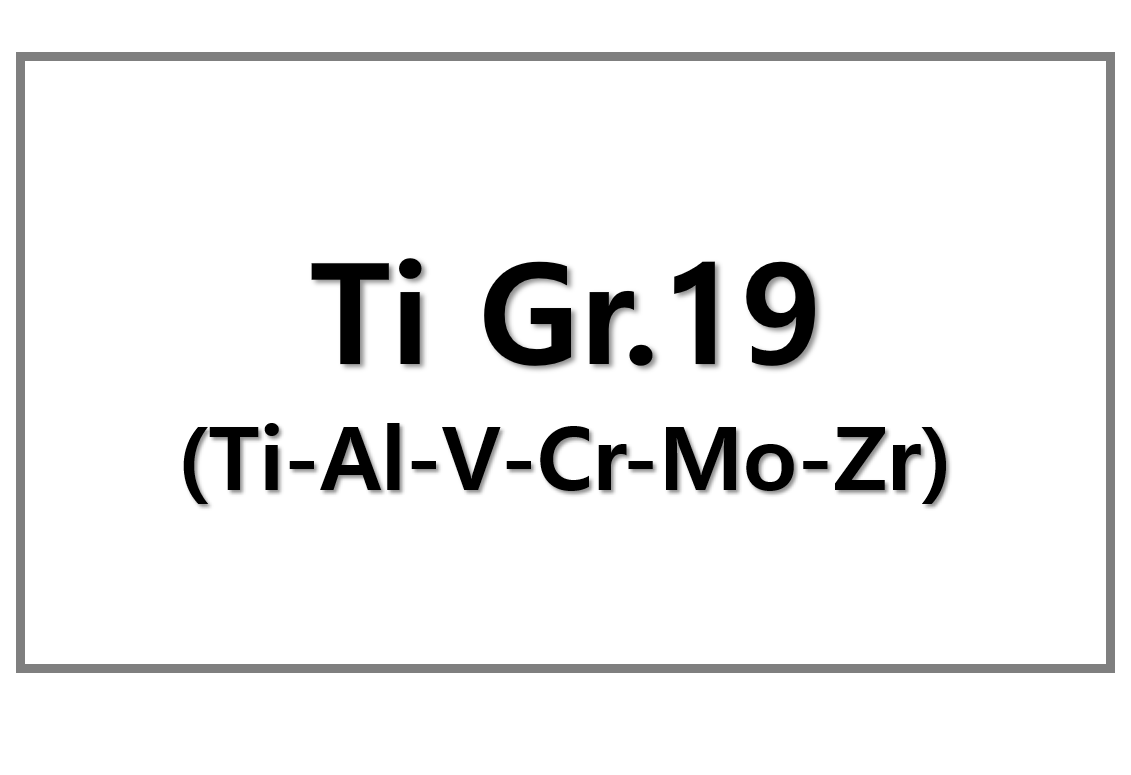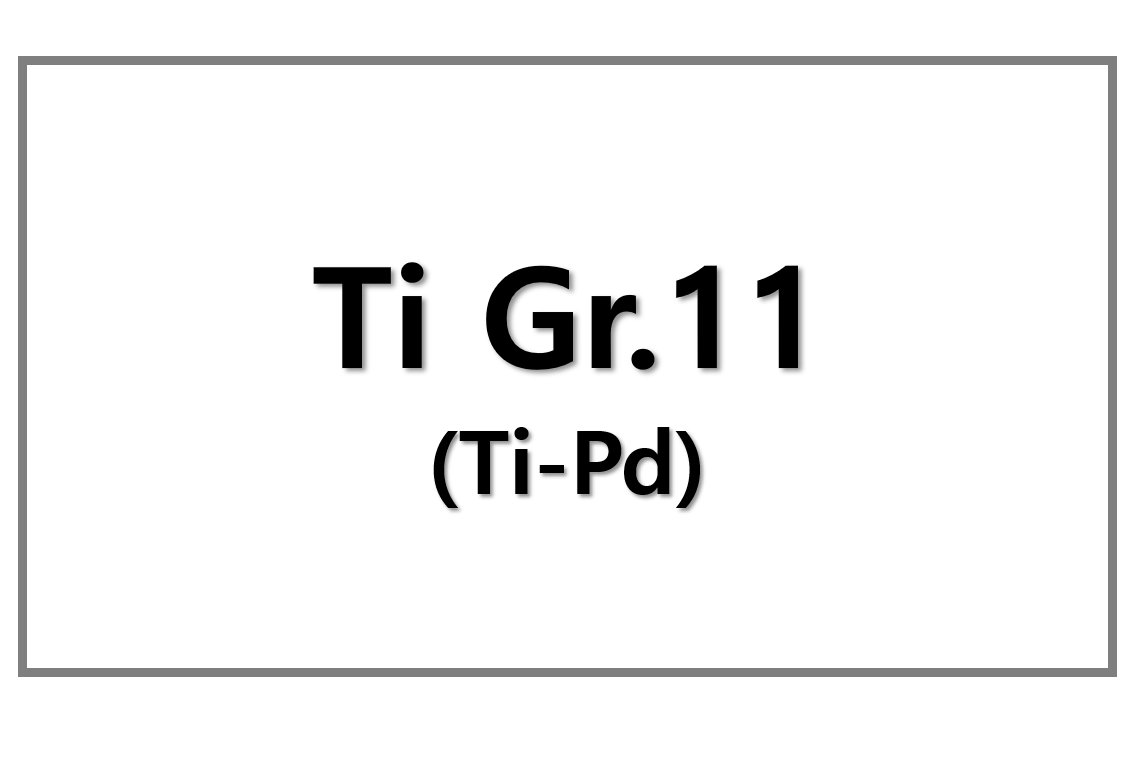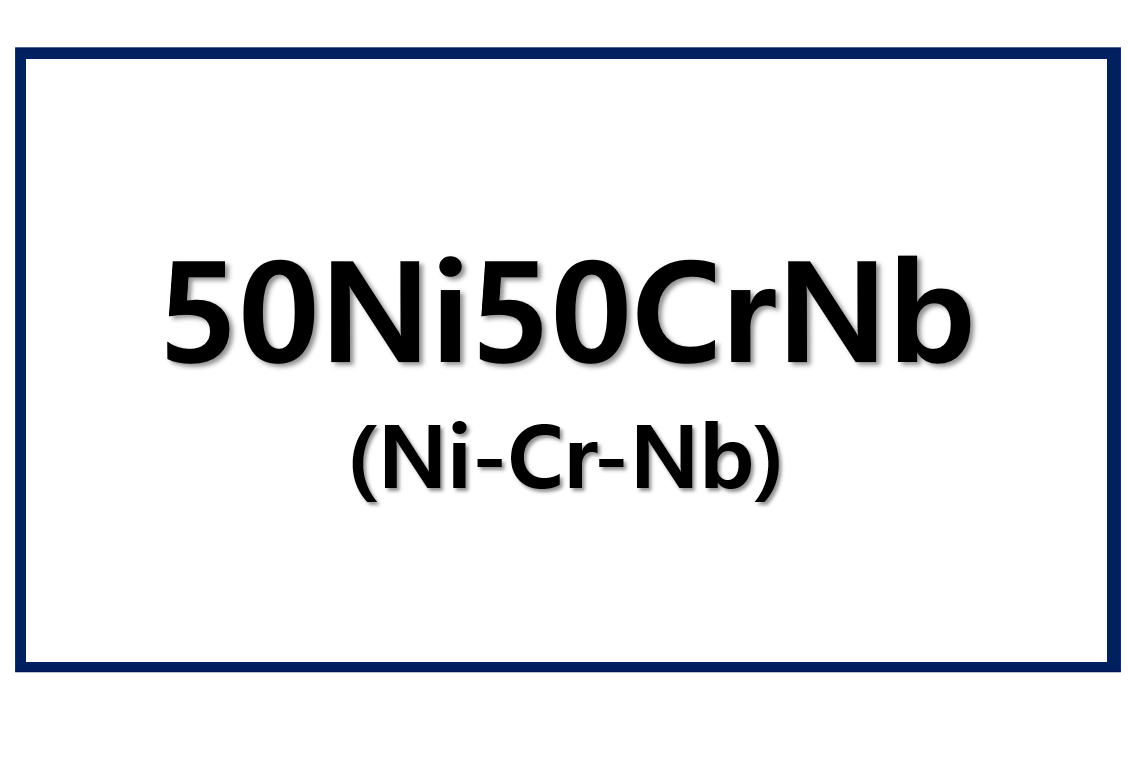
Imports Flood EU Steel Market Despite Safeguard Measures
Steel imports into the European Union surged at the start of Q3 2025, rapidly exhausting several tariff-rate quotas. Within just four days of the July–September customs clearance period, key quotas under the EU’s safeguard framework hit their caps. Notably, hot rolled coil (HRC) imports from Taiwan surpassed the “other countries” 112,707-tonne limit, while South Korea used up 83% of its 163,078-tonne individual HRC quota.
Meanwhile, countries like Egypt, Vietnam, and Japan recorded no allocation under HRC due to existing provisional antidumping duties. As a result, buyers pivoted toward Indonesia and Saudi Arabia—origins not impacted by current EU safeguard restrictions. This strategic sourcing shift signals persistent import demand, undermining the European Commission’s recent quota tightening aimed at stabilizing domestic steel prices.
Benedicte Mikolajczak, a steel analyst, noted during the Market in Minutes podcast that import momentum continues to drive prices down. She emphasized that despite tougher rules and reduced quota sizes, importers remain undeterred. “As we continue to see, quotas are getting full,” she stated, highlighting the early strain on HRC, galvanised, and potentially cold rolled coil quotas.
Quota Pressure Extends Across Flat and Long Products
The pressure on EU safeguard quotas is not limited to hot rolled coils. Turkey already exceeded its cold rolled coil cap of 43,990 tonnes, while Taiwan and Japan rapidly used 35% and 42% of their allocations. In the coated coil segment, Vietnam surpassed its 119,429-tonne “other countries” quota for 4A material. Taiwan and Turkey are also nearing their respective limits.
In the 4B coated coil category—crucial to Europe’s automotive sector—China has again fully used its quota. Turkey and Vietnam exceeded the 20% “other countries” cap, indicating robust demand from downstream sectors. India still retains 26% of its allocation, providing short-term supply flexibility.
The long product segment also reflects similar patterns. Turkey maxed out its rebar and wire rod quotas, while Algerian-origin wire rod imports exceeded their cap. Egypt approached full capacity, with 89% and 73% filled for rebar and wire rod, respectively. Malaysia exceeded its wire rod limit, pushing importers toward alternative sources like Indonesia and Tunisia.
SuperMetalPrice Commentary:
The rapid fill rate of EU Q3 steel import quotas reveals the limits of trade defense in a demand-saturated market. Despite safeguard updates and country-specific caps, importers remain highly adaptive. Buyers continue to exploit available channels and origin loopholes, driven by lower prices abroad and anticipation of future costs like the CBAM (Carbon Border Adjustment Mechanism) taxes in 2026.
This suggests that unless EU domestic supply dynamics shift or demand meaningfully recovers, steel prices will likely remain under pressure. The market may also see increased volatility as traders rush to clear above-quota volumes ahead of the CBAM deadline. For now, EU producers face intensified competition in both flat and long products, signaling a challenging second half for regional mills.











Leave a Reply
You must be logged in to post a comment.